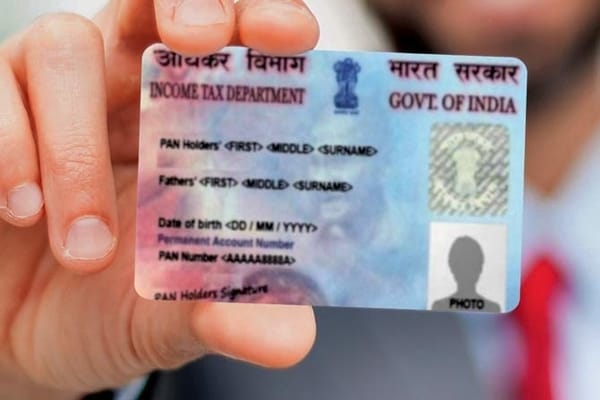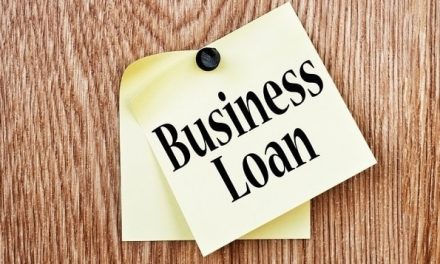Taxes in India can be categorized as direct and indirect taxes. Direct tax is a tax you pay on your income directly to the government. Indirect tax is a tax that somebody else collects on your behalf and pays to the government eg restaurants, theatres and e-commerce websites recover taxes from you on goods you purchase or a service you avail.
In a rush to reduce and save our income tax outgo, we end up committing numerous mistakes which may have long-term implications on our financial future. Let’s look at some of these mistakes in brief:
Not giving importance to wealth creation:
Income Tax saving should never be the primary reason for investing. Instead, you must always align tax planning process with your long-term financial goals. As a rule of thumb, compare various investment avenues like ELSS, PPF, NPS etc., on parameters such as returns, liquidity and risk, apart from factoring available tax benefits. Doing so would fulfil the dual purpose of tax saving and wealth creation, and help in the timely achievement of long-term goals such as the creation of corpus for retirement and children’s higher education.
Restricting your tax-saving portfolio to traditional instruments:
More often than not, the risk-averse nature of a sizeable section of taxpayers ends up in preventing them from investing in market-linked instruments, even if such instruments, like ELSS, offer higher returns than traditional ones like PPF, tax saver FD, NSC etc. Apart from tax benefits under Section 80C, ELSS provides inflation-beating returns over the long term, which are usually much higher than its tax saving peers. By offering the shortest lock-in three years, ELSS also gives a higher degree of liquidity to your investment portfolio.
As ELSS are equity-oriented funds, and equities have consistently outperformed both inflation and other asset classes by a wide margin over the long term, it is prudent to remain invested in ELSS after the lock-in period ends. As far as taxation is concerned, gains from ELSS are tax-free up to Rs 1 lakh in a financial year, and long-term capital gains (LTCG) tax is only levied on gains above this limit.
Repeatedly relying on last-minute tax planning:
Another mistake that many taxpayers commit is the repeated reliance on last-minute tax-saving to minimize their overall tax outgo. Such last-minute tax planning can lead to erratic decision making, which in turn would increase the chances of choosing sub-optimal investment instruments. Moreover, the last-minute rush is also capable of resulting in failure to either timely submit investment proofs or delay in payment clearance, thereby putting taxpayers at risk of failure to get tax benefits.
Also, lump sum investments in the last quarter of the financial year make one lose the opportunity to earn full year’s returns on selected income tax saving investment products. Hence, it’s advisable to devise an efficient tax-saving strategy at the beginning of the financial year itself, as it would allow you to time investments into tax-saving products, and enable you to take the dual benefits of tax saving for the entire year and higher returns over the long term.
Mixing insurance with investment:
Taxpayers often mix up insurance and investment and invest in endowment, money-back policies or ULIPs. These products neither provide adequate cover nor generate optimal returns and also come with a lock-in 5 years. Some like pension plans remain locked till the age of retirement. Hence, it’s important to separate insurance and investment during tax planning.
The main purpose of purchasing a life insurance policy should always be to ensure replacement income for the family, in the event of your untimely demise. By providing adequate life cover of 10-15 times your annual income at very low premiums, term insurance is the best product for life insurance. Mutual funds are best suited for accumulating wealth for long-term goals. Along with providing a comparatively greater scope of generating higher returns, they also come with diversified product spread to suit various risk appetites. Also, compared to all tax-saving instruments available under Section 80C, ELSS funds have the shortest lock-in period of 3 years.












